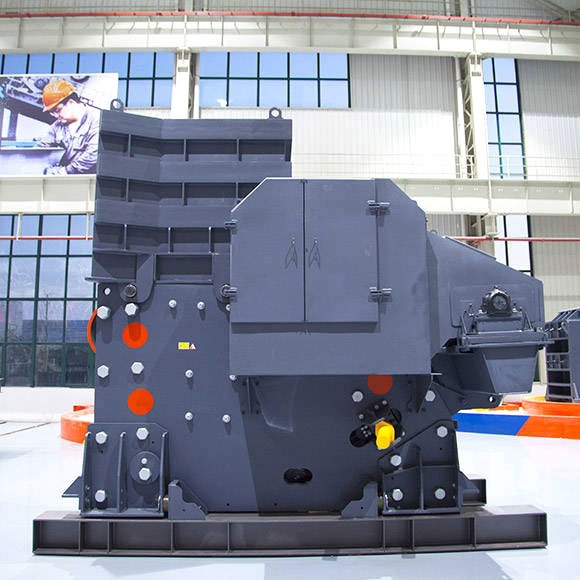Designing a jaw crusher for gold mining involves a series of considerations to ensure its efficiency and durability in the harsh operating conditions typical of mining environments. Gold mining jaw crushers need to withstand high levels of stress, abrasive materials, and continuous operation. Here’s a detailed exploration of the key aspects of designing such a crusher:

Material Selection: The primary consideration in designing a jaw crusher for gold mining is material selection. The crusher’s components need to be made from high-strength materials that can withstand the rigors of mining operations. Common materials include hardened steel for the jaw plates, manganese steel for the liners, and cast iron or carbon steel for the frame.
Crushing Chamber Design: The geometry of the crushing chamber plays a crucial role in the crusher’s performance. It determines the size and shape of the crushed product and influences the throughput and efficiency of the crusher. A well-designed crushing chamber should facilitate the efficient crushing of gold-bearing ores while minimizing wear on the crusher components.
Jaw Plate Design: The jaw plates are the primary wearing parts of a jaw crusher and need to be carefully designed to achieve the desired crushing performance and durability. Factors such as the material hardness, abrasiveness, and particle size distribution of the ore dictate the design of the jaw plates. Hardened steel with high manganese content is commonly used for jaw plate construction in gold mining crushers.
Toggle Plate Design: The toggle plate acts as a safety device and provides overload protection for the crusher. It experiences high stresses during operation and must be designed to withstand these loads without failure. Additionally, the toggle plate design affects the crusher’s throughput and particle size distribution by controlling the movement of the swing jaw.
Adjustability and Versatility: A jaw crusher for gold mining should be adjustable to accommodate varying feed sizes and to achieve different product sizes. Adjustable settings for the jaw gap and speed allow operators to optimize the crusher performance according to the specific requirements of the application. Moreover, the ability to handle a wide range of feed materials enhances the crusher’s versatility, making it suitable for processing different types of gold ores.
Safety Features: Safety is paramount in mining operations, and jaw crushers must incorporate appropriate safety features to protect operators and maintenance personnel. These may include safety guards, emergency stops, and warning signs to prevent accidents and injuries.
Maintenance Accessibility: Access to key components for maintenance and inspection is essential to minimize downtime and ensure the continuous operation of the crusher. Design considerations should include easy access to the crushing chamber, jaw plates, toggle plate, and drive system for routine maintenance and repairs.
Scalability and Adaptability: The design of a jaw crusher for gold mining should also consider scalability and adaptability to accommodate future expansion or modifications. This ensures that the crusher can meet the changing demands of the mining operation and remain operational over its intended lifespan.
Designing a jaw crusher for gold mining requires careful consideration of various factors, including material selection, crushing chamber design, jaw plate design, drive system, safety features, maintenance accessibility, scalability, and adaptability. By addressing these aspects comprehensively, engineers can develop robust and efficient crushers capable of withstanding the demanding conditions of gold mining operations.
